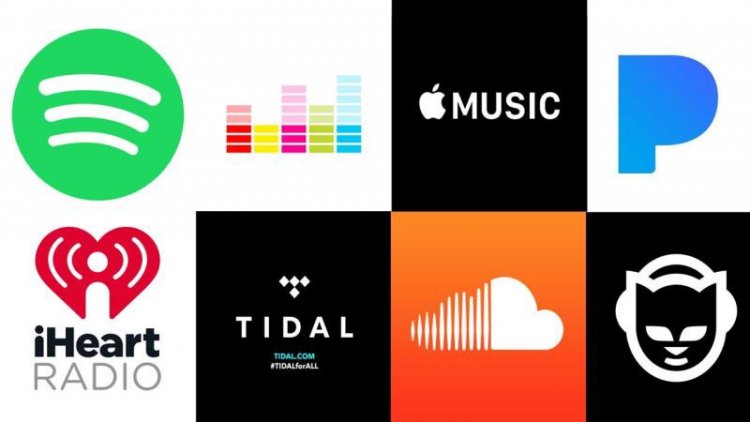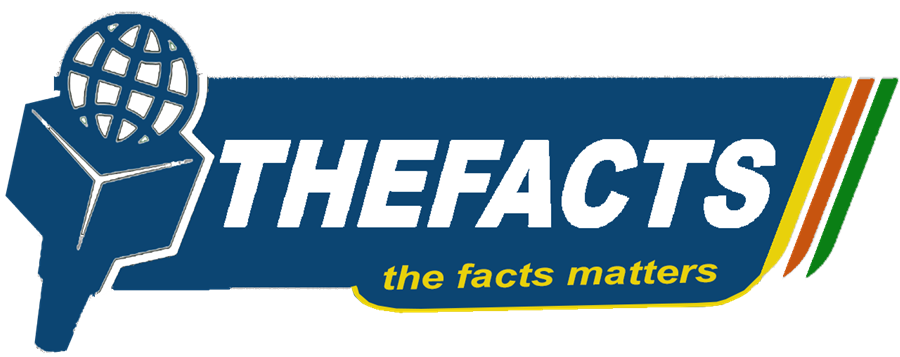Online music streaming and royalties: a mine to dig in deep, a call for Rwandan artists
The biggest trend artists had to cope with in years is the shift from CD formats, Cassettes and Vinyl to digital downloading and online streaming as means to sell records, which changed the way records are sold and distributed. Dubbed the “age of streaming”, the 21st century has seen the music business shifting from disk distribution to digital distribution, prompting the invention of hundreds of online streaming platforms that we all know today.

Succeeding in the music industry requires maintaining practices and routines that allow you, as an artist, to maintain your relevancy in the industry. For any artist, creativity, the knowledge of online business trends and the ability to create an online buzz define the success in terms of selling records. There’s also the consistency in learning, hustles, failures and criticism acceptance but mostly, staying informed about the current trends in music, market demands, changes driving the music industry, developing niche markets and the changing perceptions about music business viabilities is the key.
The biggest trend artists had to cope with in years is the shift from CD formats, Cassettes and Vinyl to digital downloading and online streaming as means to sell records, which changed the way records are sold and distributed. Dubbed the “age of streaming”, the 21st century has seen the music business shifting from disk distribution to digital distribution, prompting the invention of hundreds of online streaming platforms that we all know today.
What’s music streaming then?
streaming is a way of watching filmed or listening to audio materials deprived of actually downloading them, simply. The streaming world comprises of web-based facilities letting users access high-definition music without any need to download and keep files. Founded in 2001, Napster, a one-on-one file sharing system, is believed to have laid the foundation for music streaming, Apple’s iTunes and Spotify coming after. Nowadays, we count more than 20 online music streaming platforms, with Spotify taking the lead as the most stacked
How do music streaming platforms work?
A lot of streaming platforms let users access the content stored in their libraries in form of single tracks, albums or playlists, which can be accessed depending on the user’s subscription structure, region, and device. This is done simply by the platform transferring data from its server to a separate device. While the actual materials on the streaming platform server are stored as raw files, the server compress them for internet sharing purposes. Applications and built-in plugins are used in decrypting files when they get to the user’s device.
An article by Neil Shah of The Wall Street Journal in 2018 said that artists were releasing a lot of music than ever, all due to the abundant availability of online music streaming platforms. Through royalty earning systems, streaming platforms have introduced a new way of making money for artists, while avoiding the illegal downloading of artistic materials that could not even generate any money at all. This has also created a money-making system, not only for recording artists but also for record producers, songwriters, DJs and recording companies.
To make a clear point of this, a single click to the play button to a track on a streaming platform counts as a stream. In 2019, streaming platforms hit a milestone when the number of streams reached 1.15 Trillion, which has never happened in the CD, or Vinyl or Cassette era.
Streaming platforms also have their respective particular way of earning. It depends on the subscription structure, royalty structure, target customers and the number of users. By 2019, Spotify was leading the streaming industry with 108.1 million users, occupying 36% of the streaming industry alone. Followed by Apple music with 56 million subscribers and 18% of the streaming industry, followed by Amazon, Tencent, Google Music, Deezer, Pandora and MeION. Spotify alone generated 1,669 billion dollars in streaming revenues by 2019, followed by Apple Music with 1.0024 billion, Amazon with 528 million, followed by Google Music, Pandora, MeION, Tencent and Deezer. Today, Jay-Z’s artist owned Tidal has entered among the biggest streaming platforms out there, not to mention Sprint, Soundcloud and YouTube music. As of 2021, Spotify, Apple Music, Tidal, Amazon and YouTube are the biggest and the best streaming platforms for any artists, per Business Insider
The amount of money an artist earns on streams also differ accordingly. Amazon Music Unlimited is the highest paying package on a streaming platform, with 0.01196 USD paid per stream. Napster is there second with 0.01064 per stream, Tidal with 0.00989, YouTube RED with O.008O2, Apple Music with 0.00563, Google Music with 0.00551, Deezer with 0.00436, Amazon Prime with 0.00339, Spotify with 0.00318, YouTube (Official Music Content) with 0.00164, then Pandora, Jiosaavn, UMA (vk.com), YouTube (Content ID), Yandex and Tencent (QQ China)
How to get there?
For any artists, it is worth noting that streaming services are available for everyone, as long as content producers match the standards set by the platform. Some streaming platforms are limited to some regions so, it is for you as an artist and your team to find out how to get there. For example, Spotify services are not yet enabled in Rwanda, probably some other platforms, but that doesn’t mean your content cannot be licensed to these platforms. Here’s how
The permission from contributors is needed first. For instance, for video streams, if an artist didn’t write the material, used a sample, or quoted a lyric from another record, there will be a need of the copyright permission. For interactive audio streams, artists are required to provide a mechanical and public performance license. A mechanical license is a license provided by the copyright owner of a record to someone for covering, reproducing, or sampling. As for non-interactive audio streams, only a public performance license is required. A public performance license is a license provided by the music composition copyright owner to someone to use the material in public, online or on the radio. Interactive audio streams are those on a streaming platform that a user is allowed to select, arrange in a playlist, pause or control, like those on Spotify or Apple Music, while non interactive audio streams are those on a streaming platform that a user is not allowed to select, arrange in a playlist, pause or control, like those on Pandora, SiriusXM or any traditional radio. In some regions where music is more commercialized, artists are paid for radio airplay, with a certain number of radio airplays accumulated by an artist counting as streams.
Streaming platforms and some other music retail stores like iTunes are referred to as Digital Service Providers. Some of these are responsible for licensing the music in their stores or leave it for publishers. For example, for YouTube video streams, materials are licensed by publishers on the agreement that they will be paid royalties on shared advertising revenues and get licensed to video streaming.
For interactive audio streaming, some platforms like Spotify or Apple Music handle the licensing themselves and it takes some time. For instance, an album takes between 1 to seven 7 to be reviewed, accepted and made available to iTunes stores. Some of them have to even pass-through physical checking, which can take up to 2 more weeks. For Spotify, it takes 2 to 5 days, while taking 1 to 2 days for Amazon, Tidal, Deezer and YouTube Music. For social medias that are used in selling and streaming like Facebook, Instagram and Tik-Tok, it takes 1 to 2 weeks for Facebook and Instagram, while taking 1 to 3 weeks for Tik-Tok. For non-interactive audio streams, the public performance license is almost handled by the platform, only for the publisher to approve. Distribution and licensing can normally be done by an artist through different distributing companies like Ditto Music, Songtradr, LANDR, CD Baby, TuneCore, Mondo Tunes, ReverbNation, Record Union, DistroKid, Route Note, OneRPM, AWAL, United Masters, Amuse, Band Camp, etc.
Streaming royalties’ payments depend on the type of content and the copyright status for the in-demand material. For instance, there must be a synchronization license for all video streams. This is a warrant provided by the material owner or an owning agency for that particular material, allowing users to use it visually like in adverts, in movies or in video games. This license belongs to the material owner or their representing agency, dividing the copyright into the master recording (an original studio recording) and the composition (lyrics, notes and melodies). For interactive audio streaming and non-interactive audio streaming, the case is a bit different
For platforms like Spotify or Apple Music that handle the licensing by themselves, they take charge of all licensing processes for the materials in their stores by reporting it to the Mechanical Licensing Collective, a body from the Music Modernization Act, managing the comprehensive mechanical licenses to qualified streaming services, and pay the subsequent royalties to lyricists, songwriters, rhymesters and music originators. As for owned websites and blogs or other platforms that do not deal with licensing by themselves, publishers do it on their own. Royalties for non-interactive audio streaming are paid directly do publishers or their agencies


























